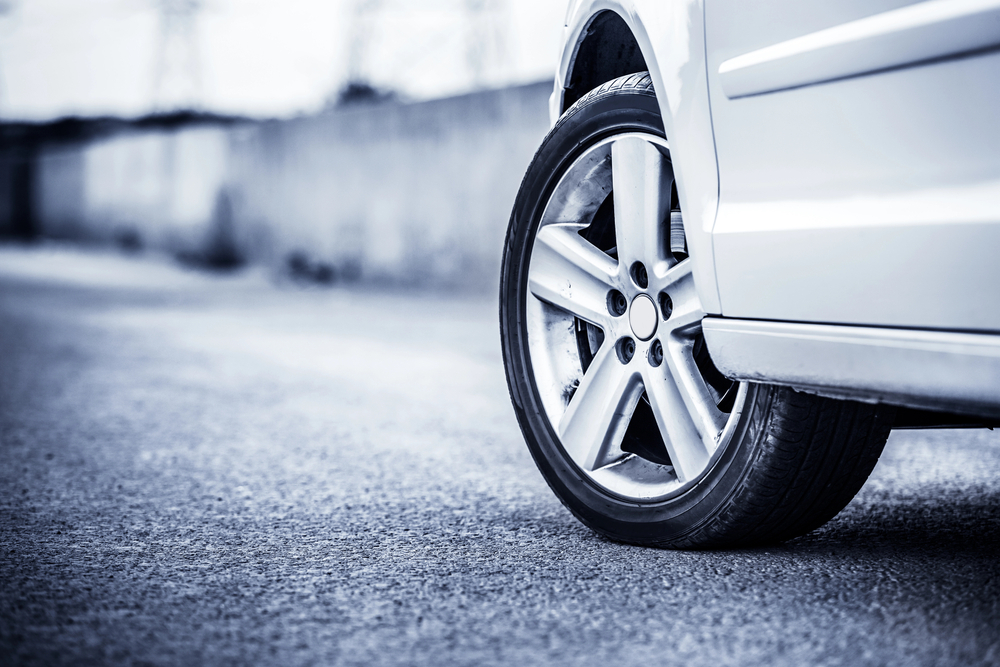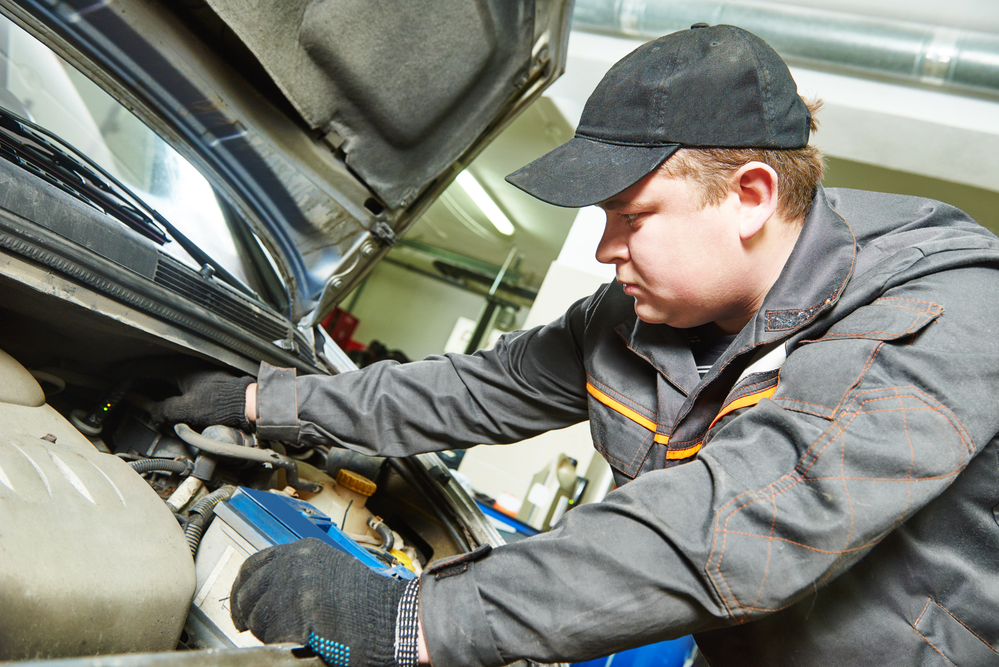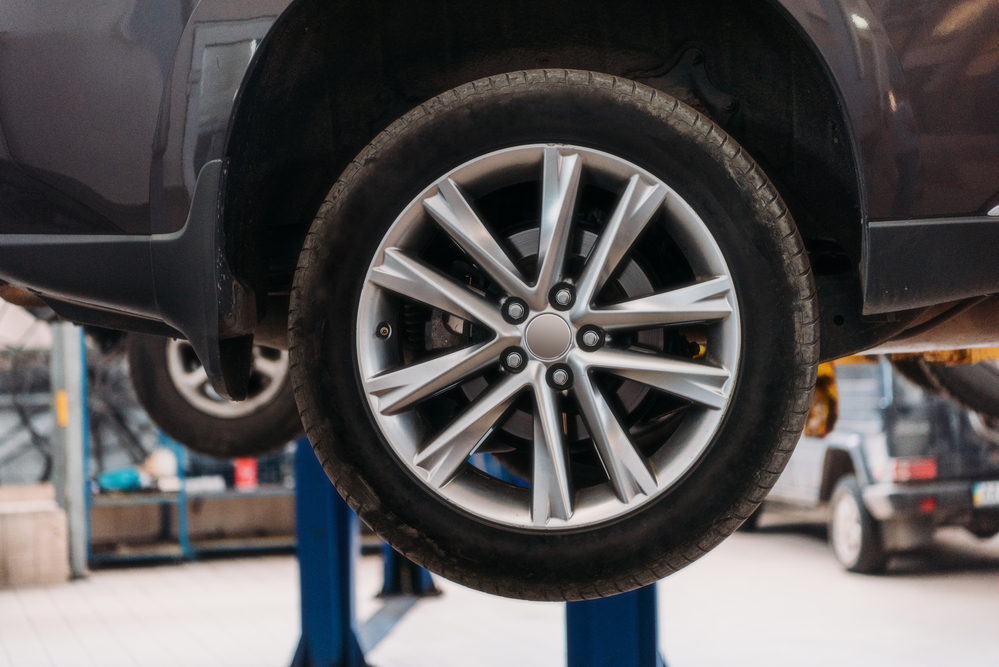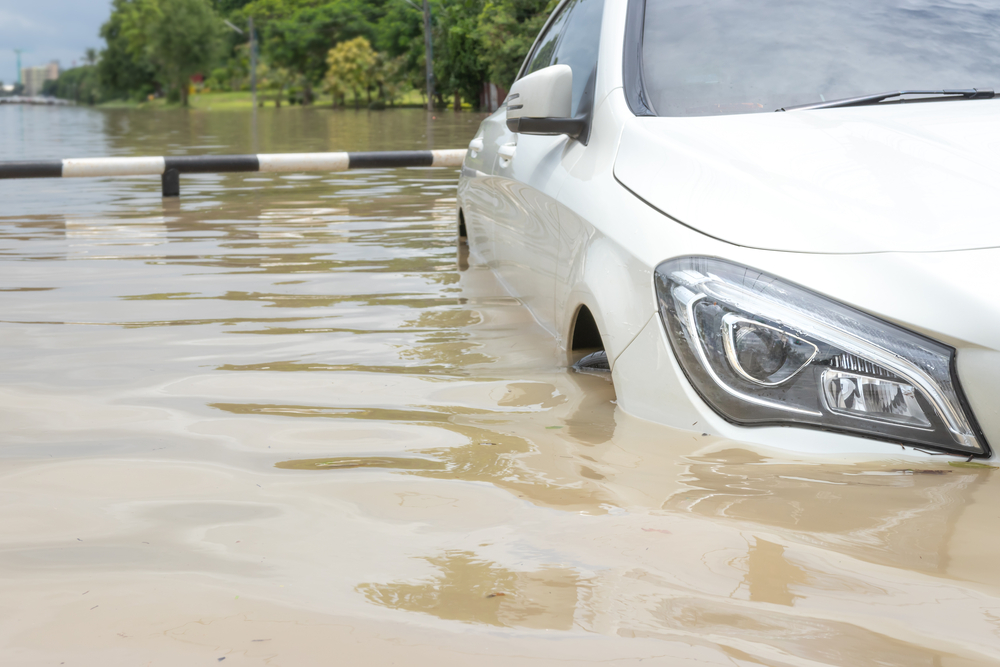Getting into an accident means a lot of things, like damage happening throughout the entire structure of the vehicle. One part of the vehicle that can be hard to diagnose without an extensive inspection is suspension. You need a collision repair technician to look under the vehicle to see what is happening and find any suspension issues.
A correct diagnose of accident damage is an essential part of getting your car back on the road. As such, here is how to recognize signs of suspension damage after an auto collision in South Jersey.
Key Takeaways
- After a collision, get a technician to inspect for suspension damage, which is often challenging to spot without a thorough examination.
- Accidents can damage the suspension system, affecting handling, stability, and safety due to forces exceeding design limits.
- Vehicles have front and rear suspensions, each with components like control arms, springs, and shock absorbers to support and control their respective wheels.
- Look out for uneven tire wear, vibrations, pulling to one side, noise, reduced handling, or visible damage on suspension components.
Can The Suspension System Be Damaged During an Accident?
Yes, the suspension system of a vehicle can be damaged during an accident. In fact, it’s quite common for the suspension components to sustain damage in a collision, especially if the impact is significant. The suspension system includes various parts such as control arms, struts, shocks, springs, tie rods, and other components that help to absorb shocks from the road and maintain stability and control of the vehicle.
During an accident, forces can be exerted on the suspension system that exceed its design limits, causing bending, twisting, or even breakage of the components. Damage to the suspension can affect the vehicle’s handling, stability, and safety, so it’s crucial to have it inspected and repaired by a qualified mechanic after any accident. Ignoring suspension damage can lead to further problems and compromise the safety and performance of the vehicle.
The Basics of the Suspension System
The suspension system is a critical part of the vehicle. Not only is the suspension system key in drivability but in performance. Without a suspension, you would not have control over the steering wheel. Furthermore, you might not have the same level of friction between the road and your tires.
The components of the suspension system include the chassis, shocks, struts, and springs. The suspension system will absorb impacts from potholes and other dips in the road. Furthermore, vehicles also have rear and front suspensions that may operate differently depending on whether the vehicle is a front or rear-wheel drive.
Front Suspension
The front suspension of a vehicle is the system of components that support and control the front wheels. It typically includes parts such as control arms, ball joints, struts or shock absorbers, springs, and stabilizer bars. The front suspension is crucial for maintaining stability, controlling steering, and absorbing road shocks to ensure a comfortable and controlled ride for the occupants.
Rear Suspension
The rear suspension, as the name suggests, refers to the system of components that support and control the rear wheels of a vehicle. Similar to the front suspension, it consists of components like control arms, springs (coil springs or leaf springs), shock absorbers or struts, and stabilizer bars. The rear suspension plays a critical role in providing stability, controlling the vehicle’s handling characteristics, and absorbing road imperfections to enhance ride comfort.
Signs of Suspension Damage
Now that you know a bit more about the suspension system, let’s discuss the signs that show you have sustained suspension damage after an accident. Do keep in mind that some of these issues are also caused by typical wear and tear.
Here are the signs:
- Uneven tire wear: Suspension damage can cause misalignment, leading to uneven tire wear. If you notice excessive wear on one or more tires, it could indicate suspension issues.
- Vibrations or shaking: A damaged suspension may cause vibrations or shaking, especially at higher speeds or when driving over bumps.
- Pulling to one side: If your vehicle pulls to one side while driving, it could be due to suspension damage affecting alignment.
- Noise: Clunking, knocking, or other unusual noises while driving over bumps or during turns can be signs of suspension problems.
- Reduced handling or stability: Suspension damage can affect the vehicle’s handling and stability, making it feel less responsive or more difficult to control.
- Visible damage: Inspect the suspension components for visible signs of damage, such as bent or broken parts, leaking shock absorbers, or damaged bushings.
How Does a Collision Repair Shop in South Jersey Repair Suspension Damage?
A collision repair shop in South Jersey would typically follow these steps to repair suspension damage:
- Inspection: The first step is a thorough inspection of the suspension system to assess the extent of the damage and identify which components need repair or replacement.
- Parts replacement: Depending on the severity of the damage, damaged suspension components such as control arms, struts, shocks, or springs may need to be replaced with new parts.
- Alignment: After replacing damaged components, the vehicle’s wheel alignment will need to be adjusted to ensure that all wheels are properly aligned, maximizing tire life and handling.
- Testing: The vehicle should undergo testing to ensure that the suspension repairs have been completed correctly and that the vehicle’s handling and stability have been restored.
- Roadworthiness check: Before returning the vehicle to the owner, a final check should be performed to ensure that it is safe to drive and meets all roadworthiness standards.
Contact an Auto Collision Repair Shop in South Jersey Today About Your Suspension
If you suspect that your vehicle’s suspension has been damaged in an accident or due to other causes, it’s essential to contact a reputable auto collision repair shop in South Jersey as soon as possible. They can inspect your vehicle, diagnose any suspension issues, and perform the necessary repairs to ensure your safety and the proper functioning of your vehicle.
At Elmer’s Auto Body, we have over 75 years of experience in repairing vehicles that have been in accidents. Contact one of our three locations or fill out the online form today to request an appointment.






